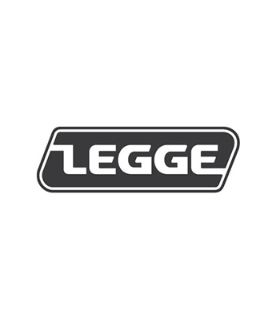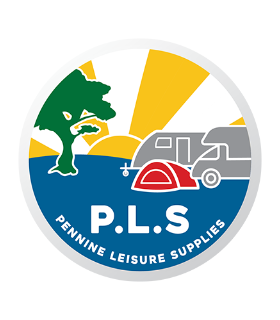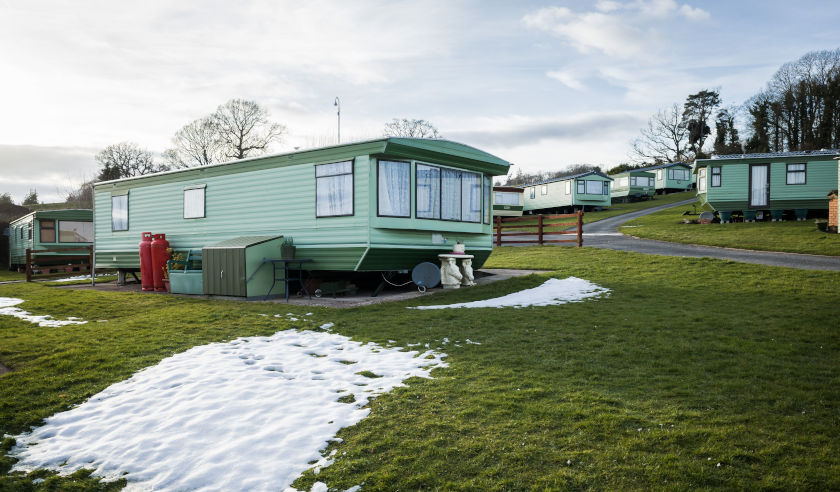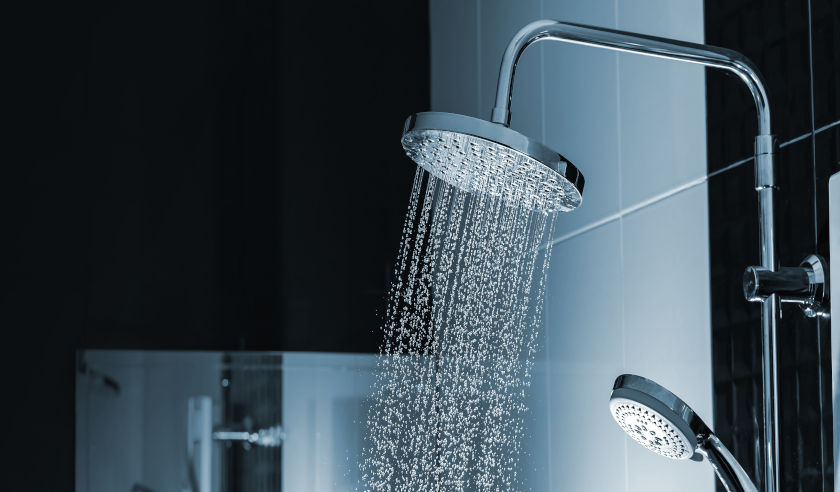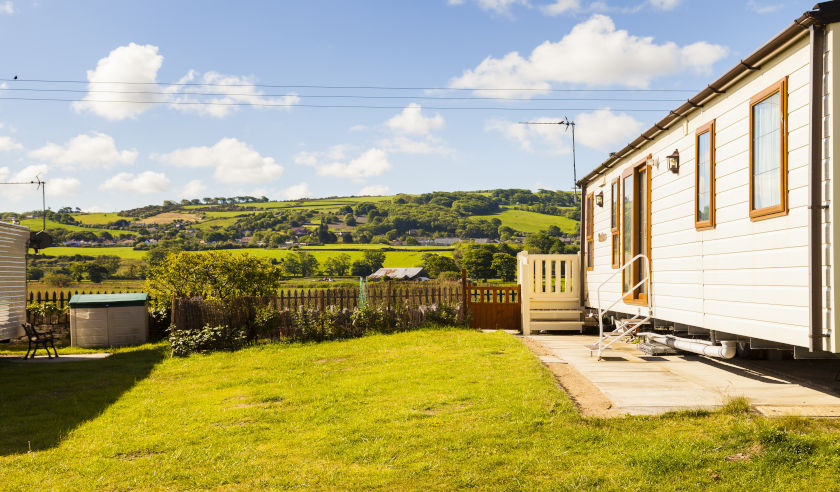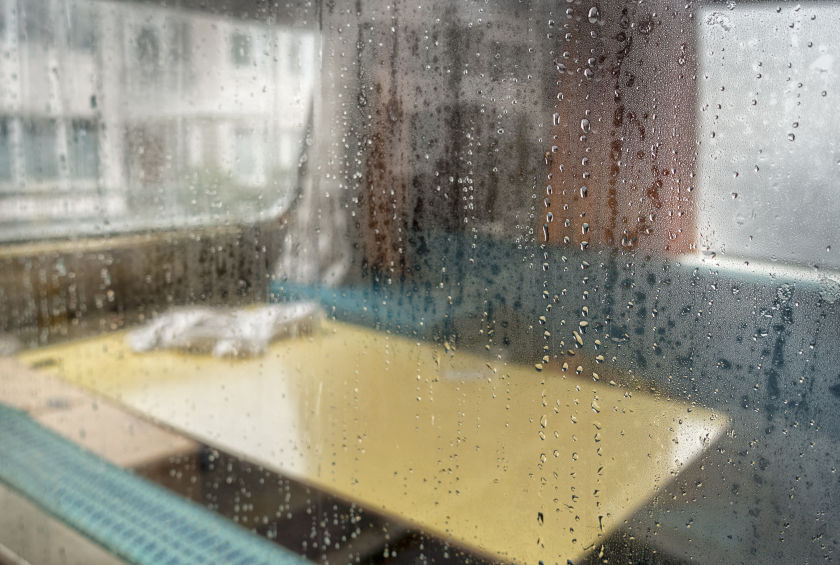With the majority of static caravan parks shutting down for winter, when no one will be visiting them or staying in the caravans, owners should understand the importance of winterising their caravans and how to do it effectively.
Why winterise a caravan?
There are two main reasons for winterising a caravan, both of which can have serious financial implications:
Static caravans that stand empty and unused throughout the winter months are at the mercy of harsh weather and are therefore at risk of damage caused by cold, wet and even freezing conditions.
Insurance policies will cover you in the event of situations occurring that could not prevented. Losses incurred therefore through deterioration or damage to the caravan because of poor or inadequate maintenance may not be covered. Always check your individual policy so that you fully understand the conditions of your cover.
Steps to winterise a caravan
It is not enough to lock the door to your caravan at, say, the end of November and return to it at the beginning of March, expecting nothing to have changed. The following steps will ensure your caravan is in the best possible condition when you open it up the following season.
- The greatest risk to an unoccupied static caravan during the winter is from freezing pipes which burst and cause water damage and flooding to the interior of the caravan. The best way to avoid this is to drain down the water systems, which involves completely removing all water from all systems so that there is nothing that can freeze. Drain downs should always be carried out by a trusted contractor and at BEC Ingoldmells, we can provide details of reliable tradespeople to do this for you.
- Turn off and disconnect all gas bottles, storing them safely, and disconnect the electricity supply at the mains.
- After the water has been switched off, empty the toilet cistern by flushing and stuff the S-bend with newspaper to prevent any creatures entering the caravan. Leave the toilet with the lid closed.
- Place moisture traps filled with dehumidifying crystals in the caravan to reduce condensation while the caravan is unoccupied, which could lead to damp, mould or mildew forming.
- The risk from damp can be further reduced by leaving the caravan as clean as possible – clean all cupboards and leave the doors slightly ajar, in all rooms. This includes wardrobes.
- Empty the fridge of everything (including non-perishable items) and clean it, again leaving the door slightly open.
- Remove clothes, bedding and all loose upholstery items and accessories, such as loose cushions and towels to prevent them becoming damp over the winter. Rodents can also find these attractive and if they gain access to the caravan, may use them to nest or hibernate. If it is not possible to remove these items, use vacuum storage bags and stand cushions upright.
- Move furniture to the middle of the room to improve air circulation.
- Keep interconnecting doors open.
- Switch all white goods off and unplug them.
- Leave curtains open so potential burglars can see there is nothing worth breaking in to steal.
These easy to follow steps will take just a few minutes but will ensure your caravan is in the best condition when you return to it, and could save you hundreds of £.


